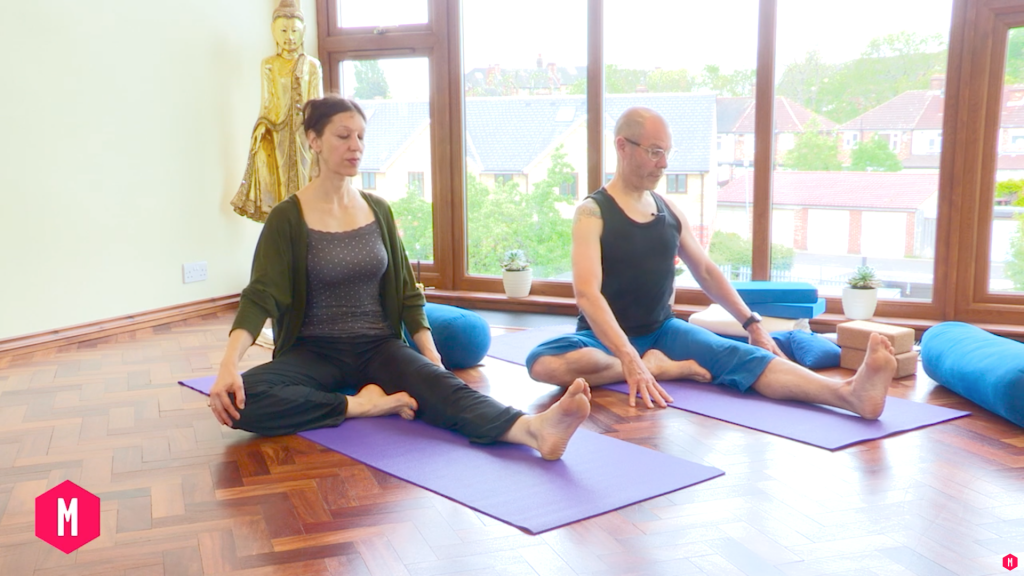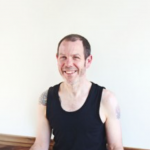If you haven’t discovered Yin Yoga yet, then find out what it means and why it’s the perfect antidote for modern stressful lives.

Tracing The Roots of Yin
These two words – ‘yin’ and ‘yoga’ – were probably first put together in the mid 1990s. Before then this was called ‘Daoist yoga’ or just simply ‘yoga’. The way of practicing where postures are held for at least several minutes has definitely been a thread in the confused tapestry that we call ‘yoga’.
The term ‘yin’ is found in the oldest medical book in the world, The Yellow Emperor’s Classic of Internal Medicine which dates to 2nd century BCE. Before then, it was used in the I Ching (possibly another 500 years earlier). And in between those two texts, there was Dao de Jing, which is the basis of Daoism.
The terms ‘yin’ and ‘yang’ have a history of about 3,000 years are some of the oldest concepts in this world that are still being used. Those texts and these terms are very much about exploring change and how to live a good life.
Yin And Yang For Balance
Yin and yang are in continual relationship with each other and are ways of describing all that is. They are neither absolute qualities nor labels that have fixed definitions. They are constantly contextual and illustrate that nothing is isolated and everything is connected.
Each contains elements of the other. This is more about relationships of balancing, more about recognising the cycles of life rather than compartmentalising and rigidity of separation.
Yin can be translated as ‘the shady place’ and yang as ‘the sunny place’. Yin is cooler, slower, inner; yang is warmer, quicker, outer.
There are many possible permutations of these terms: feminine and masculine, soft and hard, moon and sun, intuitive and reasoning, acceptance and ambition, earth and sky, water and fire, midnight and midday.
What is important is balance. With balance, there can be health and harmony; with imbalance, there is disease and disharmony.
An Antidote For Modern Life
Far too often there is a lack of balance which has profound consequences both for individual self and social structures. The emphasis is on achieving and striving, busy diaries and hurried moments, the rushing bodies and tiring brains that are fuelled by diets of ready meals and caffeine. This chasing after success results in our interior lives being diminished, our inner experiences lost in this race to be someone.
The Yin yoga practices with their calming and cooling, with their slowing and surrendering; maybe they can help us in resolving some of our lack of balance.
This is definitely not a ‘magic wand’, practicing will not necessarily ‘solve’ situations. But it could help us to be more grounded, more able to allow and to accept what is happening.
As we ground, as we breath, as we release, as we stay, as we study – perhaps there could be a lessening of frustrations and materialism and fanaticism; perhaps there could be a realising that the primary purpose of practice is to be present; perhaps there could be a growing of gratitudes, a diminishing of defensiveness, a growing receptivity. Instead of tight and tense shoulders, there can be soft and relaxing faces.
>>Check out Norman’s Range of Yin Yoga Classes Here!>>

This post was written by Movement For Modern Life teacher, Norman Blair. Norman has been practicing yoga since the early 1990s and started teaching in 2001. He has years of experience of teaching yin yoga in the UK and weaves this wonderful practice with his own background of ashtanga and meditation to be create a potent mix. Find out more at www.yogawithnorman.co.uk





Leave a Reply